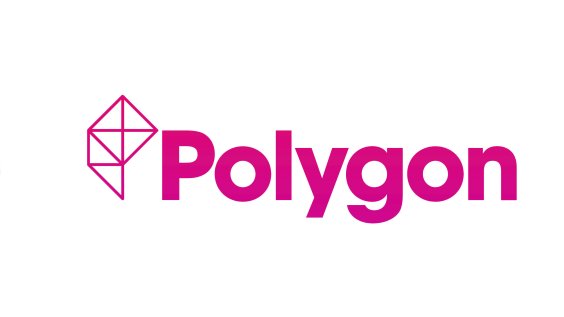Read more of this story at Slashdot.
Read more of this story at Slashdot.
Read more of this story at Slashdot.
Read more of this story at Slashdot.

Last week, the Academy announced new rules requiring Oscar voters to watch all the movies in each category before voting. As noted, this draconian overreach could crater the anonymous Oscar voter interview-industrial complex and force the electorate to finish The Brutalist before voting for it. Thankfully, those Oscar voters are a wily bunch.
Per Variety, Oscar voters are developing new ways to avoid watching movies. The Academy verifies a view in two ways: through the Academy Screening Room app, which marks engagement automatically, or a form that voters submit with the date, time, and place of the screening. Pushing back on these oppressive but unenforceable edicts, voters, presumably trained by a team of high school cheaters, are logging on to the Screening Room, hitting mute, and doing something else. Additionally, there is no penalty for watching the movie at 1.5x speed, an app feature that exists for obvious reasons, so voters are doing that too. “The app only needs to see that you watched it,” one member told Variety. “It doesn’t know if you’re sitting there.” And with a wink and a tap on the nose, a new generation of voters can shirk their prestigious responsibilities for another year.

